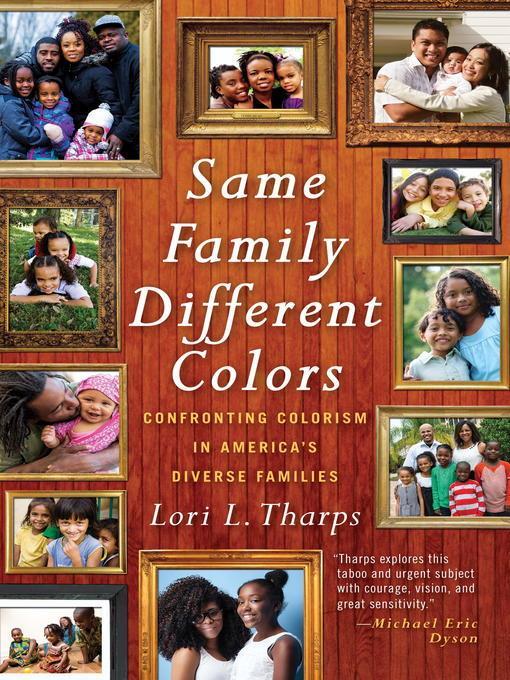
Same Family, Different Colors
Confronting Colorism in America's Diverse Families
کتاب های مرتبط
- اطلاعات
- نقد و بررسی
- دیدگاه کاربران
نقد و بررسی

July 1, 2016
How family dynamics can reflect racial prejudices in society as a whole."Outside the house, siblings who are light and dark may be treated differently, and of course they bring those lived experiences back into the home," writes Tharps (Journalism/Temple Univ.; Substitute Me, 2010, etc.). This is particularly true within interracial families. The author has "medium-brown" skin, and her husband is "a Spaniard with a milky-white complexion." They have three children: one boy is dark-skinned with kinky hair who otherwise resembles his father, and the other resembles the author in everything but his fair complexion. Oddly, her daughter looks Asian at first glance. When Tharps is with her two fair-complexioned children, some people assume that she is their nanny. Conversely, her dark-skinned son has been asked whether he was adopted. It is not merely overt racism that is problematic, she explains, but also the differences in their educational and employment opportunities. More subtly, a light-skinned member of a "black" family who identifies with black culture may not necessarily be accepted by black peers. Throughout, the author augments her personal experience with eye-opening interviews. White-skin preference and the interplay between physical appearance (skin color and hair quality) and culture create stresses and estrangement within the family as well as the broader community. Tharps adopts the term "colorism," first coined by author and civil rights activist Alice Walker, to illustrate the subtle difference between white-skin privilege and outright racism. She reports instances of colorism from a wide variety of people--not just blacks, but also Latinos and Asians--that show the inherent significance of physical appearance in defining the intimate relationships within a family and society. Interestingly, as the author notes, the caste system in Asia--before European conquest--also exhibited color preference, likely attributable to a prejudice against laborers with sun-darkened complexions. A nuanced, forthright, emotionally compelling take on a painful subject.
COPYRIGHT(2016) Kirkus Reviews, ALL RIGHTS RESERVED.

























دیدگاه کاربران